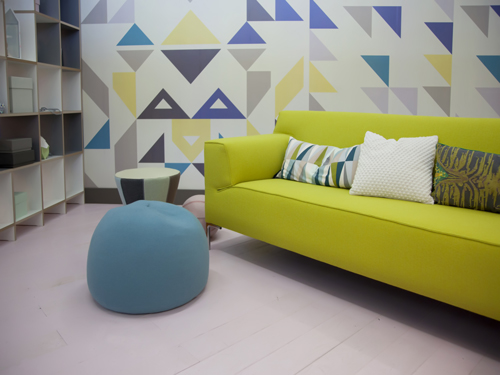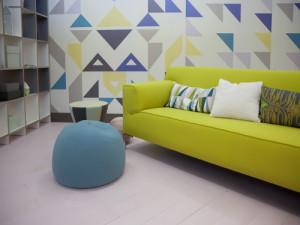
 Regardless of whether you are a business owner, property manager or an office manager, you probably take a lot of pride in the environment you create with the help of architects and interior designers.
Regardless of whether you are a business owner, property manager or an office manager, you probably take a lot of pride in the environment you create with the help of architects and interior designers.
As you work towards building a more prominent presence in the marketplace, your branding strategy should help support your efforts. From customer lobby signs to car wraps and window decals, the use of colors say a lot about your brand. Even designs through custom wall papers and murals décor tell something about you and your business. The colors you use have a great influence on your visitors and customers. Decision making is affected a great deal by visual cues that depend mainly on colors.
While smell and texture play a role in buying decisions, visual appearance and colors have proved to have a bigger influence:
– Multiple studies have proved that customers have named color as a primary reason for why they decided to purchase a specific item.
– Consistency in color helps business develop brand recognition while increasing the levels of positioning with consumers.
– Different colors have different effects and influences on different cultures:
- Yellow projects optimism.
- Red provides energy.
- Blue reflects trust and security.
- Green perpetuates wealth.
- Black creates a sensation of luxury.
– Different colors have different effects on specific customers.
While color has a major influence on decision making, keep in mind that it is not the only factor to be taken into consideration. Reputation, design and customer service are only a few elements to not ignore.
